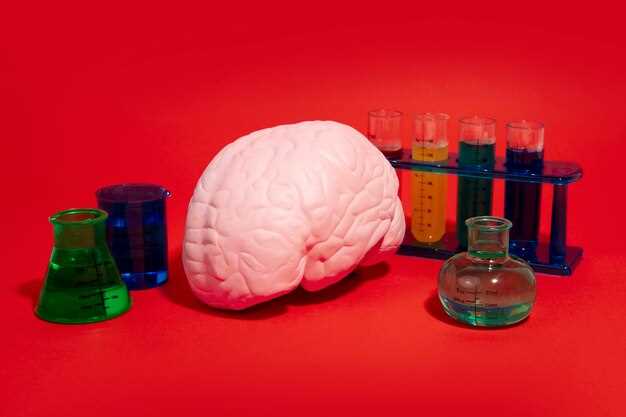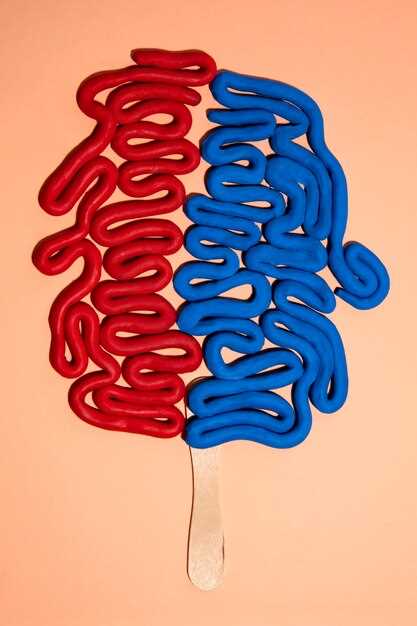
Curious about the influence of a certain prescription drug on brain chemicals? Dive into our investigation as we explore how this medication interacts with neurotransmitters, shedding light on its potential effects.
Understanding the Impact of Cymbalta on Neurotransmitter Levels
In this section, we delve into the intricate interplay between a widely prescribed medication and the intricate web of neurotransmitters in the brain. Explore how this pharmaceutical interacts with the delicate balance of chemical messengers, influencing vital physiological processes.
The Mechanisms at Play

Unlock the mechanisms by which this medication modulates neurotransmitter levels, sculpting the neural landscape in ways that resonate beyond mere chemical reactions. Delve into the pathways it navigates and the receptors it engages, illuminating the subtleties of its influence.
The Ripple Effect
Discover how alterations in neurotransmitter levels catalyze cascading effects throughout the neural network, shaping mood, cognition, and behavior. Unravel the intricate tapestry of connections as we dissect the ripple effect of this medication’s interaction with neurotransmitter dynamics.
The Fundamentals of Cymbalta
In this section, we delve into the foundational aspects of this medication, exploring its core mechanisms and effects on brain chemistry. Without delving into intricate scientific jargon, we aim to provide a comprehensive understanding of how this drug interacts within the brain’s chemical milieu.
Pharmacological Action
At its core, Cymbalta operates within the intricate network of neurotransmitters in the brain, exerting its influence on key chemical messengers. Through its unique pharmacological mechanisms, it modulates neurotransmitter levels, thereby impacting mood regulation and emotional well-being.
Therapeutic Applications

Beyond its biochemical intricacies, Cymbalta holds significance in clinical practice for its therapeutic applications. By targeting specific neural pathways, it offers relief from symptoms associated with various mood disorders, enhancing the quality of life for many individuals.
| Key Points: |
|---|
| Impact on neurotransmitter dynamics |
| Therapeutic relevance in mood disorders |
| Mechanisms of action |

